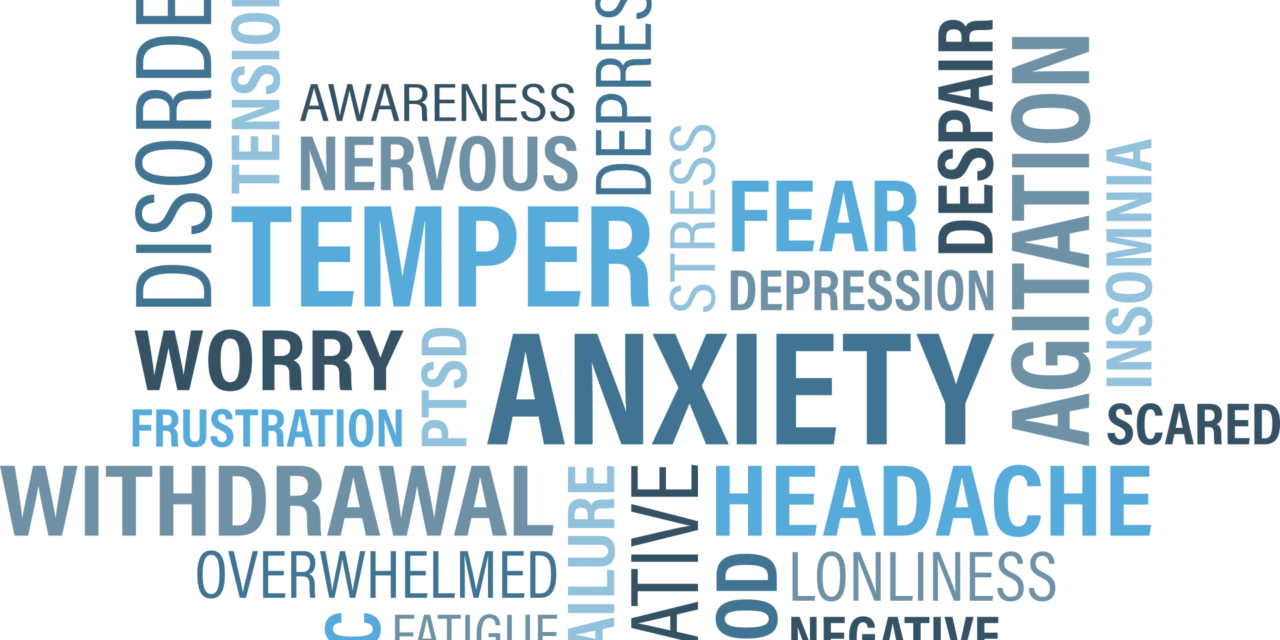According to Mental Health America, the nation’s leading community-based nonprofit dedicated to addressing the needs of those living with mental illness, one in five adults have a mental health condition. That’s over 40 million Americans; more than the population of New York and Florida combined. Youth mental health is worsening. Rates of youth with severe depression increased from 5.9 percent in 2012 to 8.2 percent in 2015. Even with severe depression, 76 percent of youth are left with no or insufficient treatment. More Americans have access to services. Access to insurance and treatment increased, as healthcare reform has reduced the rates of uninsured adults.
The greatest decrease in uninsured adults with mental illnesses was seen in states that expanded Medicaid. But most Americans still lack access to care. About 56 percent of American adults with a mental illness do not receive treatment. Even in Maine, the state with the best access, 41.4 percent of adults with a mental illness do not receive treatment.
There is a serious mental health workforce shortage. In states with the lowest workforce, there are up to six times the number of individuals to only one mental health professional. This includes psychiatrists, psychologists, social workers, counselors, and psychiatric nurses combined.
Imagine, mental healthcare providers being able to give treatment for the whole person, body and mind. Too far-fetched for you? Well, there are caring healthcare professionals that can help adults battling stress and anxiety, relationships and family problems, emotional difficulties, work pressures, grieving issues and trauma resolution by using telehealth tools. What’s more, they are available via the telephone.
Many consumers today still don’t know about the many telehealth options, tools and services that are available. If fact, many adults today don’t even know the meaning of the word “telehealth.”
Simply stated, telehealth is a way for doctors and patients to communicate using computers, tablets, or smart phone apps, saving all parties time and money right from the comfort of their own home or from just about anywhere there is bandwidth available or a mobile phone signal. Those of us in the telehealth industry, call this type of visit a “Virtual Doctors Visit,” no different than a live chat, FaceTime, or Skype call between you and your family or friends.
Recently, there has been much talk of telehealth in the media, and rightfully so, since the benefits are proving to be a great payoff for many adults and stakeholders. Talking to a mental health professional via computer, smart phone or tablet from any location is saving these stakeholders lots of time and money for good quality care. Today, with telehealth options in place, there may not be a need to visit a doctor’s office for many behavioral health conditions. Patients can now visit with a licensed counselor, therapist, psychologist or psychiatrist by phone, web or mobile app seven days a week.
Telehealth can especially address the challenges to behavioral healthcare in rural communities. The shortage of providers in rural areas is due in part to the difficulty of recruiting providers to practice in these areas. However, a provider at a distant site can connect with a patient in a rural town via a telehealth virtual visit and provide the needed care.
With a focus on improving access to mental health care for Veterans living in rural areas, the U.S. Department of Veterans Affairs (VA) has even launched a pilot telehealth program that will give rural Veterans with post-traumatic stress disorder (PTSD) remote access to psychotherapy and related services.
In fact, my personal experience serving as a US Marine, and knowing the pressures my fellow service members have to endure, this type of access to a mental health professional may have saved many lives along the way. A virtual visit with a mental health professional will definitely save lives in the future. Just knowing that access to professionals at the time of need brings a since of comfort to adults who may be thinking of harming themselves or others.
Telehealth opens opportunities to expand the care that modern-day practitioners can provide to their patients.







